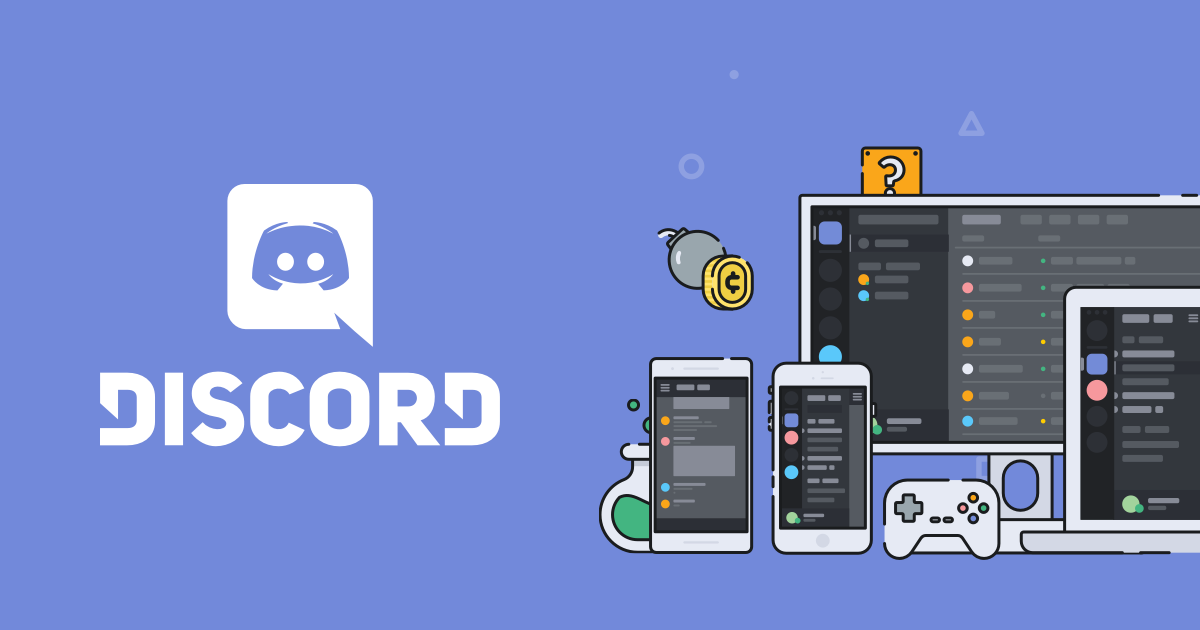
The post I’m writing about today is interesting, in that, had it not have been for the global pandemic it could've been written very differently. Today I am going to write about my relationship with technology. Before the pandemic I felt like my relationship with technology was relatively healthy. I was mainly online to do school work and check my emails, I always made sure that I had some downtime just to hang out with friends without being online. Now, with the global pandemic, I feel like I have to be online in order to stay connected with everyone. It can feel lonely not being online during this time, being “away” from my friends. It is not healthy to be dependent on technology, but during a time like this, I feel more and more people are becoming dependent on technology. This makes me think of a quote from the show Fullmetal Alchemist Brotherhood “If one wishes to obtain something, something of equal value must be given.” In the show, this is known as the law of equivalent exchange, but I feel like it has some basis in our world as well. When you dedicate your life to being online you lose those unique, in-person interactions with people. You lose the emotional connection and the world could become like Julian West’s animation “are you lost in the world like me”.
It is essential to have a break from technology, especially in a time like this when people feel more dependent on technology than ever. I make sure that my family and I have a family game night, go on walks, or even just get in the car and drive around, just something to disconnect for a while. I don’t feel as though I am entirely dependent on technology, but I do feel like it has a healthy place in my life. Although I may be online more now that I am in self-quarantine a lot of that time is dedicated to my studies and classwork, with a little downtime with my friends online. Overall I wouldn’t say that my relationship with technology is any sort of burden on my life, I have seen plenty of people’s lives ruined by technology, but as long as people stay aware of their dependency and relationship with technology, I feel like it’s nothing to worry too much over. There are always going to be downsides to everything in life, technology included, but don’t forget to look at all the good that can come from it too.










